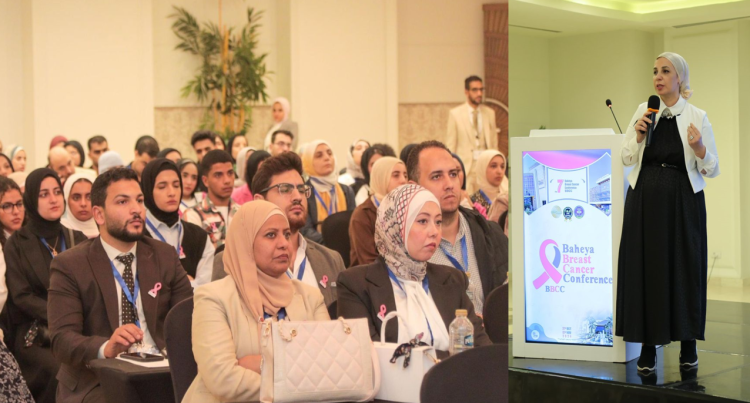To strengthen countries' capacities to address a common cancer among women, the IAEA has released a new e-learning course on mammography - a diagnostic tool pivotal in the timely detection and treatment of breast tumours. For imaging specialists across the globe, this training material will enhance screening and diagnostic services by enabling these professionals to master digital mammography imaging, develop a deep understanding of operational standards, and elevate the quality of care. As the only comprehensive, free-of-cost modular training of its kind for breast cancer diagnosis, this resource serves as an accessible solution, particularly in settings where training budgets and resources are often limited.
"Early breast cancer diagnosis opens the door to life-enhancing treatments and dramatically boosts the chance of a cure. Diagnostic imaging, image-guided biopsies, and image-guided procedures pave the way for combined therapies-medications, surgery, and radiotherapy-that give each woman a better chance at overcoming or living better with breast cancer," emphasized Miriam Mikhail-Lette, a radiologist in the IAEA Division of Human Health who led the creation and curation of the course. "Without these imaging tools, we lose the opportunity to help women with breast cancer live longer, healthier lives."
With nearly 2.3 million new cases worldwide and over 660 000 deaths in 2022, breast cancer was the most diagnosed cancer and most common cause of cancer-related death among women, according to data from the International Agency for Research on Cancer. Among the entire global population, breast cancer was the second most common and fourth most deadly cancer overall. Despite only one-fifth of all new cases being diagnosed in low- and middle-income countries, these same regions saw over one-third of all deaths - a disparity that highlights the need for improved detection, diagnosis, and treatment of this disease.
In response, the IAEA developed and launched a mammography course. This curriculum, which benefited from extra budgetary funding from Belgium, leverages e-learning to equip health professionals with the necessary skills to deliver high-quality services and patient care in breast imaging centres. Through seven distinct modules, specialists and students can develop their theoretical and practical knowledge of digital mammography. This enables radiologists, radiation technologists, and medical physicists to provide high-quality diagnostic images, interpret complex cases and ensure patient safety.

Dina Husseiny Salama, one of the radiology experts who contributed to the IAEA's new e-learning mammography course, announcing the modules' launch to participants of the Bahia National Breast Cancer Screening Conference in Egypt in November 2024. (Photo: Bahia Egyptian Cancer Cancer Screening Programme and Misr University for Science and Technology)
Following an introduction to breast cancer, its epidemiology and an analysis of anatomy and pathology, the course covers various procedures to prepare for the patient's examination. Trainees are taught how to distinguish between screening and diagnostic cases; how to apply appropriate mammographic views (the X ray beam's direction from the source to the component that captures images), and how to position patients for precise assessments. The course further instructs trainees on interpreting and reporting mammograms, confirming the correct technique and view, and describing key findings using a standardized lexicon. It also highlights the communication skills needed to convey results, along with the psychological and ethical considerations associated with mammograms. The course concludes with a focus on quality control and assurance to maintain high standards during examinations.
As of October 2024, professionals from nearly 70 countries have benefited from the seven modules.
"Around 230 participants from Egypt's national screening programme, three universities and a private hospital have already shown me their certificates of completion - this number is expected to grow substantially over the next month," shared Dina Husseiny Salama, Head of the Radiology Department at the Egyptian Atomic Energy Authority, Professor of Radiology at Misr University for Science and Technology, and one of the course's expert contributors. "Radiologists and technologists, in particular, have expressed their appreciation for the quality of the course, with department heads interested in integrating these modules as a requirement for continuous professional development."
Both the course and its content are freely accessible through the IAEA's Human Health Campus. Well-aligned with the World Health Organization's Global Breast Cancer Initiative - specifically Pillar 1 on healthy promotion and early diagnosis, and Pillar 2 on timely breast diagnostics - the IAEA's mammography course is bridging global gaps in breast cancer care.

IAEA Division of Human Health radiologist Miriam Mikhail-Lette highlights mammography availability across the globe during a regional breast imaging training course before introducing the Agency's new e-learning course on mammography. (Photo: MD Anderson)






